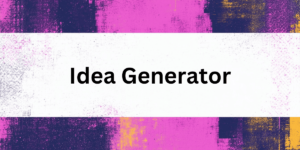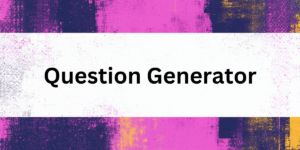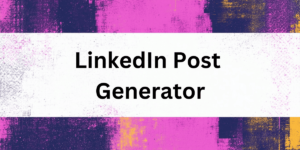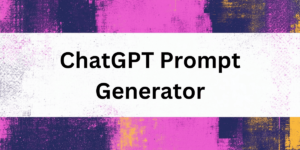1. Bread-crumbs
The ‘Bread-crumbs’ concept is based on the idea that you leave a trail of ‘bread-crumbs’ in order to get your audience to a particular location or frame of mind.
Example of ‘Bread-Crumbs’ in Neuromarketing
For example, when describing the sound of a sports car, consider using visual phrases like ‘This sports car can keep your baby sleeping’ instead of being literal and saying ‘This sports car is silent.’ By using visual images you are implying (or leaving ‘bread-crumbs’) what the car’s key features are. Ultimately, this builds a picture in the consumer’s mind. Furthermore, by referring to a ‘baby sleeping,’ there are ‘bread-crumbs’ that point to the concept ‘silent.’ To learn more about this concept, watch this short video:
2. Emotional Loading
Emotional loading refers to the emotional charge that a message or idea has. People can perceive a word positively or negatively. For example, ‘stealing’ has negative emotional loading while ‘loving’ has positive emotional loading. These are the emotional connotations that are inherently present within the word itself.
Example of Emotional Loading in Neuromarketing
McDonald’s slogan of “I’m lovin’ it” has more positive emotional loading than “I’m savouring it.” Yet, both slogans express the same idea of enjoying a meal. Furthermore, “I’m lovin’ it” is more closely associated with Family (the green bar) than the alternative, meaning that this slogan will appeal to such an audience. Using our
FLASH AI, you can analyze emotional loading across many different brand dimensions in order to choose the most appropriate message. Interested? Try it out, here’s a
free 3-day trial to our platform 🙂
3. Implicit Associations
Implicit associations are the connections and relationships between concepts that an individual has implicitly stored within themselves. Based on one’s personal experience, implicit associations are developed and stored. Most of the time, we aren’t even aware this is happening. But, you can use implicit associations to your advantage.
Example of Implicit Associations in Neuromarketing
We are more likely to associate the color orange with the fruit orange than grapes or apples. In marketing, this provides a chance for strategically grabbing consumer’s attention. By doing something that’s unexpected or contrary to our implicit associations, more attention will be given. An apple that is blue is more noticeable than an apple that is red.

4. Bias
Who wants bias? Nobody. That’s because bias is usually seen as a downside to market research since it can skew results and outcomes. But, bias is the brain’s natural way of making shortcuts. So, it’s here to stay.
Example of Bias in Neuromarketing
Bias can be harnessed in order to be used as a tool. For example, if we learn what people’s biases and tendencies are, then we can create marketing messages in order to address those beliefs. That’s exactly what
NEURO FLASH does. Our advanced AI can
read through cultural text data and understands how people communicate. Thus, you can utilize FLASH AI as a tool for crafting your message based on the biases people already have.
Conclusion
These 4 neuromarketing phenomena are at the essence of NEURO FLASH. If you would like to learn more about how neuromarketing can improve your market research and sales performance, contact us by booking an appointment to chat. We’d be more than happy to help you find the words the click!
















